Security
The security of persons in domestic dwellings has become a more important performance requirement of windows and pedestrian doorsets in recent years. To address this issue a number of standards have been developed by various organisations including BSI, CEN (European Committee for Standardization), Loss Prevention Certification Board (LPS) and Certisecure: Warrington Certification Limited (STS).
In 2015 the Government in England published new Building Regulation guidance, Approved Document Q – Security, dwellings that required all windows and doorsets installed in new dwellings to provide aspects of enhanced security given in PAS 24 or similar security standards.
Generally, doorsets and windows in the UK are manufactured using the British Standard material specific product specification standards. The material standards are:
BS 8529:2017 – Composite doorsets. Domestic external doorsets, Specification
BS 644:2012 – Timber windows and doorsets. Fully finished factory assembled windows and doorsets of various types. Specification
BS 7412:2007 – Specification for windows and doorsets made from unplasticized polyvinyl chloride (PVC-U) extruded hollow profiles
BS 4873:2016 – Aluminium alloy windows and doorsets. Specification
BS 6510:2010 – Steel-framed windows and glazed doors – Specification
All product specification shown above refer to various performance characteristics and detail the testing standards and requirements to show compliance with the standards. In the case of security, Clause 11 of BS 8529:2017 provides 2 levels of security that the product may be manufactured to, Basic security which refers to the basic security test specified in BS 6375-3 – Performance of windows and doors – Part 3: Classification for additional performance characteristics and guidance on selection and specification and Enhanced security that references PAS 24 – Enhanced security performance requirements for doorsets and windows in the UK. Doorsets and windows intended to offer a level of security suitable for dwellings and other buildings exposed to comparable risk.
Basic security requires doorsets to be tested in accordance with the ‘Basic security test method’ contained in Annex A of BS 6375-3.
Enhanced security requires doorsets to be tested to PAS 24, a significantly more aggressive test regime than that for the basic level of security.
Enhanced security testing requires doorsets to be tested in a number of ways that are deemed to replicate the manner in which an opportunist burglar may use, using tools that could easily be carried/concealed by a burglar. There is also an assumption the noise is a critical factor when a person is trying to gain unauthorised access to a property and therefore testing has also been developed to take this into account.
PAS 24 test doorsets in the following ways:
- PAS 24 Annex A requires the door furniture, hardware, lock and cylinders to be tested to resist manual attack and to assess the vulnerability of a cylinder to an attack using knowledge, skill and professional ability.
- PAS 24 Annexes B & C assess the ability of a doorset to resist mechanical loading.
- PAS 24 Annex C also explores the doorsets vulnerability to manual manipulation of components.
Testing should be carried out by UKAS accredited test houses who will determine the number and range of doorsets to be tested dependant on the range of doors a manufacturer wishes to claim compliance to PAS 24.
Following testing, third-party certification by an UKAS accredited certification body of the manufacturer may also be deemed to be beneficial and this is undertaken voluntarily. Certification may be a requirement of the specifier although it is not a requirement of Approved Document Q or then Technical Handbook in Scotland. Third party certification may also be necessary when supplying some specifiers where their buildings are also approved by other organisations, such as the police initiative to improve the security of buildings.
When installing Composite security doorsets, installers should ensure that the specifiers level of required evidence is understood and appropriate doorsets are supplied to ensure compliance with the specifier’s requirements. If this is not undertaken, installed doorsets may not be approved and will need to be replaced with compliant doorsets at the installers cost.

